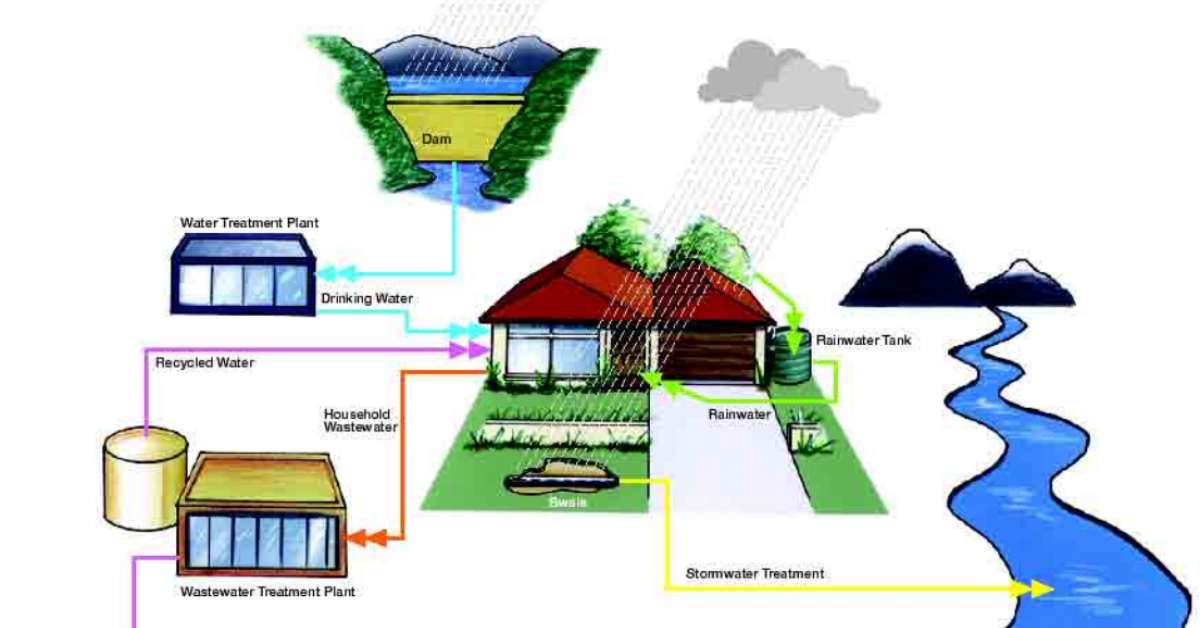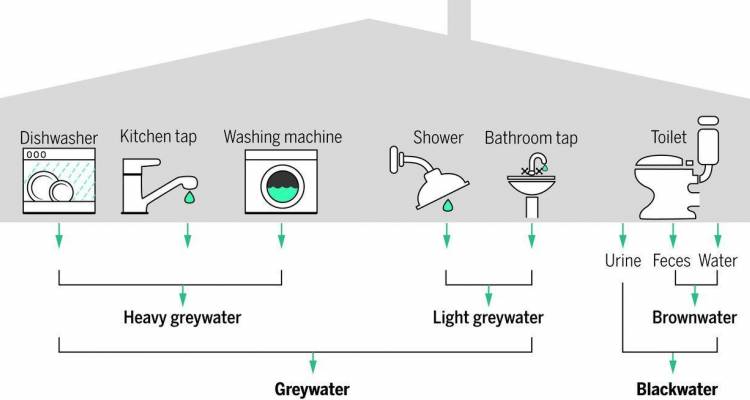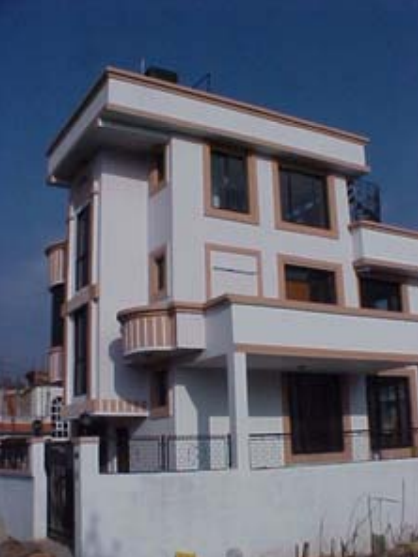06 June 2023
Combining Rainwater Harvesting with Wastewater Management
Water scarcity is a growing global concern, and it's essential to explore different ways to manage and conserve this precious resource.

Rainwater harvesting is a popular topic when it comes to an effective approach to this issue. However, to achieve maximum water efficiency, rainwater harvesting can be combined with other strategies such as wastewater management, which we’ll cover in this article with the use of case studies.
Let’s discuss the two types of wastewater your home is likely to create;
Greywater refers to water from sinks, showers, and washing machines that can be reused for purposes such as irrigation or flushing toilets. By recycling greywater, rainwater harvesting tanks
can be reserved for potable water purposes. Greywater can be treated and used in a range of applications, reducing the demand for freshwater, and minimising the amount of wastewater.
Blackwater is water that has been mixed with human waste from toilets. To avoid possible contamination from food waste, pathogens, and grease, water used in kitchens and dishwashers should be excluded from greywater and considered as blackwater. Before being reused, blackwater needs to undergo biological or chemical treatment and disinfection, and it is typically limited to outdoor use and often only for subsurface irrigation.

By using wastewater as a resource, you can:
- Reduce water bills.
- Cut down the amount of pollution going into waterways.
- Irrigate the garden during drought or water restrictions.
- Help save money on new infrastructure for water supplies and wastewater treatment.
- Reduce the demand on infrastructure for sewage transport, treatment, and disposal allowing it to function more efficiently and have a longer lifespan.
Although Australia is among the top 10 countries with the highest level of water usage in the world (ranking #9 with 5200L of water per person per day), we’re making significant strides in water conservation by investing in recycling, desalination plants, and education campaigns. These efforts have led to a great decline in per capita water consumption falling by 20% between 2001 and 2010, and dropping again in recent years.
For instance, dual pipes for drinking and recycled water were installed in new suburbs in Sydney, Melbourne, and Adelaide. Agricultural, industrial and amenity recycled water use was expanded. "The Grove" is a collaborative public building initiative between the Towns of Cottesloe and Mosman Park and the Shire of Peppermint Grove in Western Australia. This project comprises of a library, community learning centre, and administration offices. It boasts a diverse range of environmentally sensitive design (ESD) elements, including climate-sensitive building design, energy and water-efficient fixtures and fittings, rainwater harvesting, renewable energy systems, on-site wastewater and stormwater treatment and reuse, as well as waterwise gardens and irrigation.

Another example of a household system that has incorporated many technologies for wastewater reuse is the Eco-Home built by Dr Roshan Shrestha.
Located in Kathmandu, Nepal, the home has managed to establish nearly closed-loop water and nutrient cycles by employing a few water and nutrient recycling systems. The Eco-Home is not connected to water distribution or wastewater collection systems but supplies water for the home through rainwater harvesting. Wastewater and greywater is treated and reused for rooftop gardening. Blackwater (nutrients from urine and faeces) are recovered with a diversion dry toilet (ecological sanitation - ECOSAN toilet).
Singapore's and Israel's innovative greywater recycling systems
Other countries such as Singapore and Israel have implemented innovative greywater recycling systems, which have significantly reduced their water usage. Singapore's water conservation efforts have resulted in annual savings of over $1 billion, according to a study by the World Bank. Israel, on the other hand, has cut its water usage by 40% through greywater recycling.
The Bullitt Center in Seattle, Washington is a net-zero energy and water building that uses rainwater harvesting and other sustainable water management techniques. Clean rainwater falling on the Bullitt Center’s roof through gaps between the PV array is carried by downspouts to a 56 000-gallon cistern located in an 8-foot tall, 950-square-foot room in the basement. The system supplies all non-potable fixtures in the building including toilets, hose spigots, and irrigation systems. The building also utilises greywater recycling, composting toilets, and a constructed wetland for wastewater treatment.
With an exceptional record of treating and reusing 90% of its wastewater, Switzerland is at the forefront of water conservation. The country has implemented various policies to reduce water consumption, including the compulsory use of water-saving shower heads and rainwater collection. Consequently, Switzerland has managed to decrease its water usage by 30% in the past two decades.
These examples demonstrate that through thoughtful planning and innovation, countries can drastically reduce their water consumption. By adopting these strategies, we can create a more resilient and sustainable water future as individuals and communities.
If you want to reduce your water footprint and contribute to a healthier planet, we’re here to help - contact us today!


